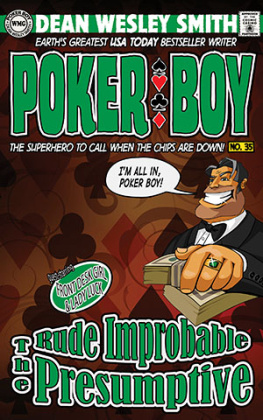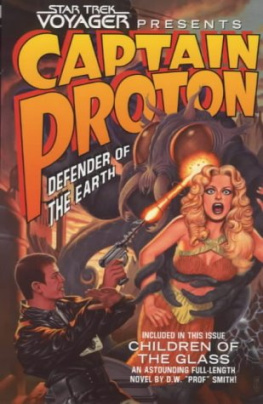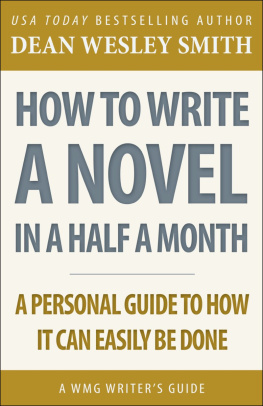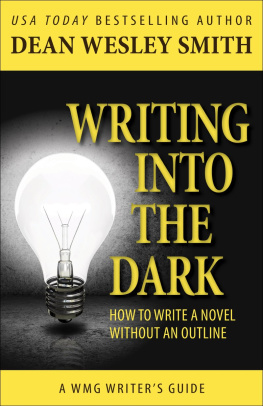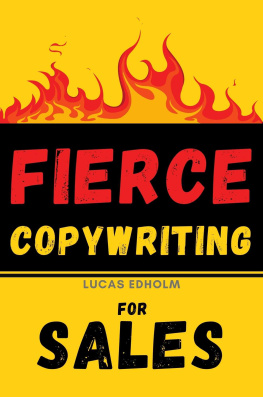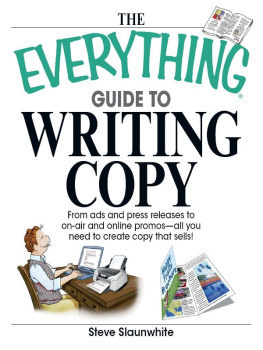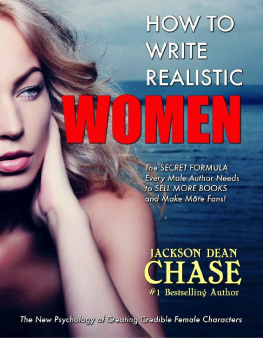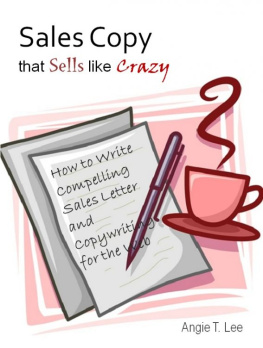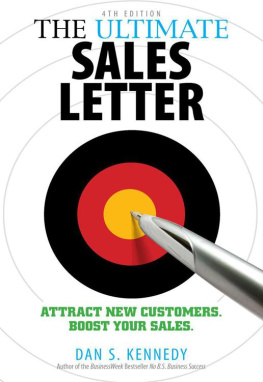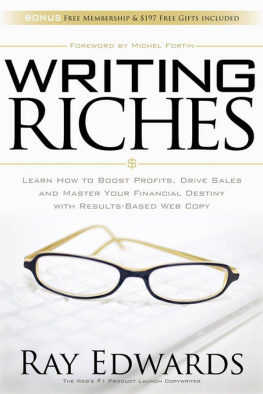
INTRODUCTION
In July of 2015, I managed to write one short story a day. Actually had one extra, so ended up with 32 stories.
I did a cover for all of those stories as well, usually the next day.
My goal seemed simple on the surface:
Write 31 or 32 short stories.
Put them all in a book titled Stories from July .
Later publish all of them as standalone stories in electronic and paper.
Also put each story in my monthly magazine (Smiths Monthly) one or two a month, mixed with other stories and new novels.
Include the stories in themed collections.
In the book Stories from July, I wanted the blogs about writing each story, a cover, a blurb, and then the story.
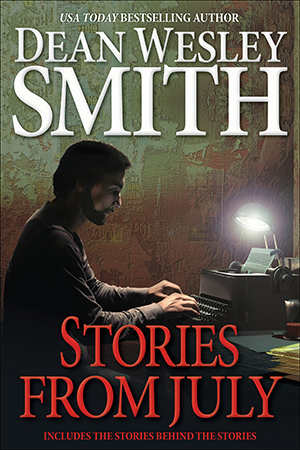
To do that, I needed first to write the story each day. Check. Got that done. And it was great fun, more fun than I had imagined it would be.
Second, I needed to do a cover for each story, branded to me, the author. Check. Got that done.
Also fun.
And third, each story needed some sales copy. It would need it for the blurb on all the sales sites and for the back cover on the paper versions of each story and at the start of each story in Stories from July and in Smiths Monthly .
So thats what this series is all about.
Sales copy.
I need to write the sales copy for all 32 stories. A couple people asked about how I was going to do that. So I figured why not explain some about how to write the sales copy, since I also teach doing this in a workshop, among other things.
I will include my thinking about each story as I wrote the sales copy for it and how I got out of author problems and wrote sales.
Maybe I can help a few writers with their own sales copy if I talk about this process and show examples. At least thats the hope.
So onward.
CHAPTER ONE
I figure the best way to do this is just start with the very first story I wrote on July 1st and work my way though each one. I will put the covers here with the blurbs.
A few basic thoughts about sales copy writing first off.
This is difficult for most fiction writers to do for a couple of reasons, both of which I call The Author Problem.
I will go into this more later, but the author problem comes in basically two parts.
First: Cant see beyond the plot.
Second: Cant write anything but passive voice when talking about their own work.
Keep that in mind as I dive into these first few. In later chapters I will deal a lot with more details about The Author Problem in writing sales copy.
Im going to put up two blurbs I wrote for the first two stories and then talk about them in this first chapter before moving on.
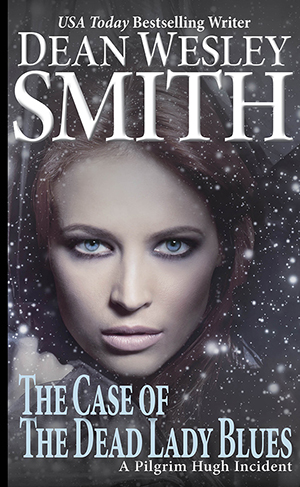
The Case of the Dead Lady Blues: A Pilgrim Hugh Incident
Private Detective Pilgrim Hugh loves solving strange cases. Very little stumps him for very long.
But a woman by the name of Deep Blue, dead in her empty apartment and dyed blue, seemed like an impossible case.
And more than Hugh knows depends on his quick solution.
Pilgrim Hugh once again rides to the rescue in his stretch limo driven by his brilliant assistant. If you love puzzle crime stories, grab The Case of the Dead Lady Blues.
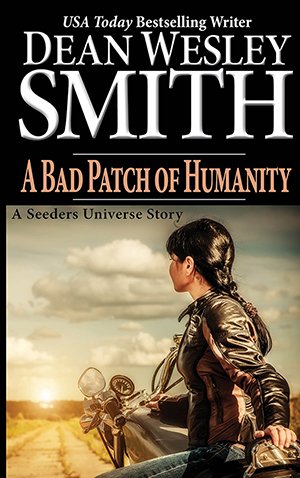
A Bad Patch of Humanity: A Seeders Universe Story
Most of humanity died one ugly day four years before. Now the survivors wanted to rebuild.
Angie Parks job consisted of telling survivors outside of Portland, Oregon, of the plans to rebuild. But some survivors wanted nothing to do with civilization.
And some thought killing worth the price to pay to stay alone.
In the galaxy-spanning Seeders Universe, A Bad Patch of Humanity focuses down on an early event in Angie Parks life, an event that starts her on her path to becoming a woman of legend in a hundred galaxies.
So first, let me talk about a pattern I used for these two, and that I will continue to use through a lot of these stories.
Blurb Pattern: Basic
Paragraph one: Character or world summary. Interesting. And nails genre if possible.
Paragraph two: One very short paragraph with short sentences about the first page of the plot.
Paragraph three: Plot kicker line.
Paragraph four: Why readers will want to read the story (mostly using tags).
That is a structure that works well for short stories and most novels. It isnt the only structure by a long ways, but it is a standby basic structure to fall back on.
My Thinking About Each Story
The Case of the Dead Lady Blues: A Pilgrim Hugh Incident
This is a story using a developing character. I think I have done four or five of these stories now. All strange. So when I came to write the blurb, I had a couple givens that were easy.
First, I needed to explain Pilgrim Hugh slightly and what he did. Thus, the summary paragraph about him.
That also nails the genre.
Plot opens basically with him standing in an empty apartment looking at a dead body that has been dyed blue. So I just described that since the scene was interesting enough to hook a mystery reader into wondering how a body in an empty apartment could be dyed blue.
Then I raised the stakes with a hint at something bigger in the story. (Third paragraph.) Always good to raise the stakes without giving plot away.
Then I told readers with a hint of the strangeness of Pilgrim Hugh that readers didnt want to miss this story. A form of call-to-action.
A Bad Patch of Humanity: A Seeders Universe Story
This story presented more problems for me in a number of ways. First off, after rebranding this series recently, all Seeders novels covers have massive spaceships on them. But this story is basically an opening story of a new character. So I needed a cover to the story. (Story opens with her getting off her motorcycle.)
Then I needed the blurb to address in a fashion the questions of those who read the Seeders Universe novels.
So first paragraph set the scene.
Second paragraph introduced the character and the plot.
Third paragraph raised the stakes.
Fourth paragraph told the reader this was standalone, but also how this story fit into the larger Seeders Universe. This time the last paragraph set the genre.
And readers love start-of-legend stories.
Author Problem
Look at both sales copy for the author problem.
First off, how you know you have too much plot is if you have two or more and then this happens.
I had none.
Not a one.
The plot I revealed in these two first blurbs a reader would know in the first page or so of each story.
Second, notice there is not a passive verb anywhere. Every verb is active. Sentences are short.
Easy for a buyer to read.
CHAPTER TWO
In the first chapter of this book, I touched on what I call The Author Problem and gave a basic formula that I sometimes use to give blurbs a structure.
One point right now before I jump down into more of these. I got a question from two people privately, wondering where I would use these blurbs exactly.

